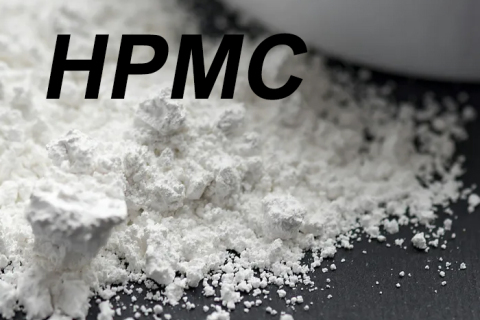
- Home
- >
News
In modern building exterior wall systems, External Wall Insulation Mortars (EWIM) and Skim Coats are critical for ensuring both the thermal performance and aesthetic finish of the system. However, whether it's a thick layer of insulation mortar or a thin layer of skim coat, efficient application on vertical surfaces demands extremely high standards for the material's workability and sag resistance. Hydroxypropyl Methyl Cellulose (HPMC), an indispensable polymer additive, is the secret weapon for achieving these crucial rheological properties.
However, ensuring the stability and reliability of mortar performance is always a challenge due to factors like varying job site conditions, temperature, and inconsistent raw material batches.
In a competitive market, producing high-quality dry-mix mortar requires overcoming numerous challenges. The most critical is how to ensure the performance of your dry-mix mortar is both stable and excellent, while maintaining cost-effectiveness. This is especially true when facing raw material variations and strict end-user demands for superior workability and reliable final products.
Polycarboxylate Superplasticizer Powder, a high-performance chemical admixture, is vital in modern construction for enhancing concrete performance. Used in high-rise buildings, bridges, and precast elements, Polycarboxylate Superplasticizer Powder improves workability, strength, and durability of concrete mixes.
Concrete Superplasticizer Monomer TPEG is a revolutionary additive that enhances the workability and performance of concrete. This advanced polymer improves fluidity, allowing for easier handling and placement.
Redispersible Polymer Powder (RDP) is a free-flowing, white powder produced by spray-drying polymer emulsions, typically based on vinyl acetate and ethylene copolymers. When mixed with water, RDP reverts to its original emulsion state, enhancing the properties of construction materials.
Polycarboxylate Superplasticizer Monomer HPEG (Hydroxy Propyl Ethyl Glycol) is transforming the construction industry with its innovative approach to enhancing concrete performance. As a superplasticizer, HPEG significantly improves workability while allowing for lower water usage, which leads to stronger and more durable structures.
HPMC (Hydroxypropyl Methylcellulose) is a versatile functional additive widely used in the building materials industry. HPMC's excellent bonding properties, water retention, and workability make it an indispensable component in construction applications. This article will explore the use of HPMC in building materials and analyze how it solves common industry problems.
TPEG, as a new type of water reducer monomer, is gradually gaining attention in the construction industry. It possesses excellent water-reducing properties, significantly lowering the water-to-binder ratio of concrete, thereby enhancing its strength and durability.
PCE Powder, short for Polycarboxylate Ether Powder, is a new type of high-performance concrete admixture. It is primarily used to improve the workability and performance of concrete, widely applied in construction, infrastructure, and precast elements.
In the competitive world of construction, choosing the right materials can make all the difference. Hydroxypropyl Methylcellulose (HPMC) is not just another additive; it's a strategic partner in achieving exceptional results for ready dry mix mortars.
Redispersible polymer powder (RDP) is a key material in tile and construction adhesives, enhancing workability, bonding quality, and open time. It offers significant benefits to both tile setters and manufacturers, contributing to improved efficiency and reduced costs in the construction industry.












